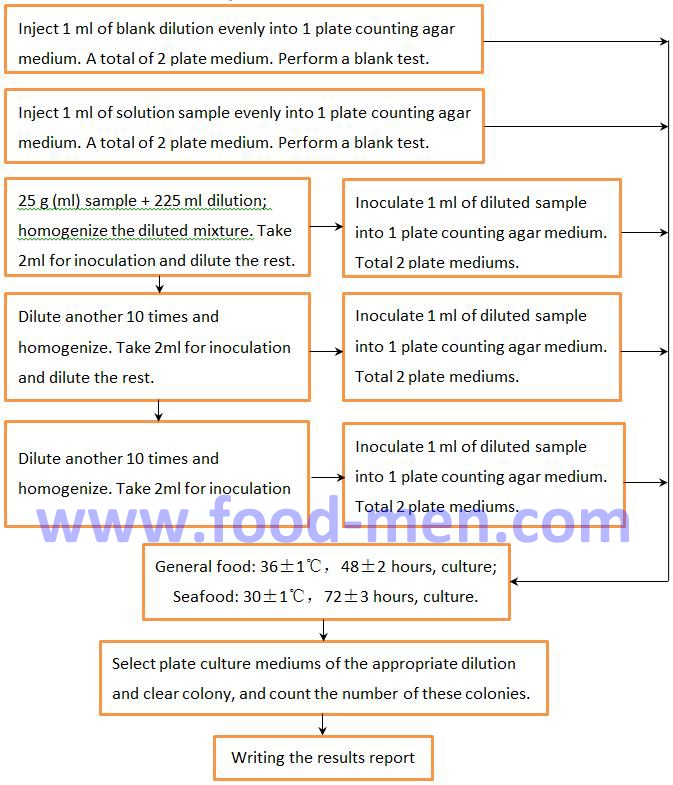Equipment of Aerobic Plate Count
Item No.: YTEST-4-4158
This article introduces the procedure and equipment for aerobic plate count in food. The equipment can meet the needs of aerobic plate counting.
| Product parameters |
| Product Name: |
Equipment of Aerobic Plate Count |
| Model Number: |
TEST-2 |
| Brand: |
FOOD EYES |
| Minimum Order Quantity: |
1 single equipment or instrument for aerobic plate count. |
| Price: |
The price is determined according to the parameters and quantity of the order. |
| Supply Ability: |
15 sets (complete sets) of equipment of aerobic plate count per month. |
| Place of Origin: |
China |
INQUIRY
